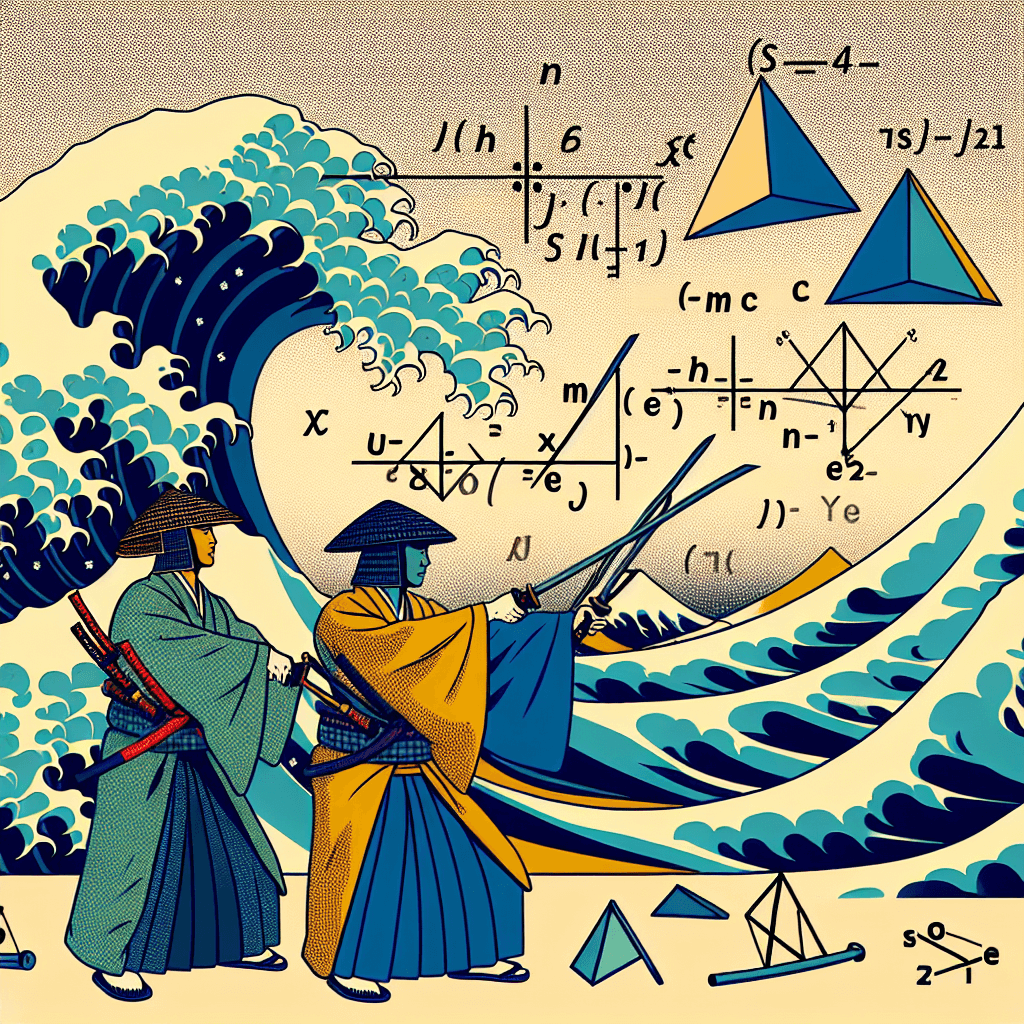Linear Algebra Concepts in Large Language Models
syndu | June 6, 2023, 3:31 p.m.

In addition to the topics mentioned earlier, there are several other linear algebra concepts that play a significant role in the creation of large language models:
- Tensor operations: Tensors are multi-dimensional arrays that generalize the concepts of vectors and matrices. They are used extensively in deep learning frameworks to represent the weights, activations, and gradients of neural networks. Tensor operations, such as addition, multiplication, and contraction, are essential for performing calculations during the training and inference processes.
- Matrix factorization: Matrix factorization techniques, such as non-negative matrix factorization (NMF) and sparse coding, are used to decompose large matrices into smaller, more manageable components. These techniques can help in dimensionality reduction, data compression, and feature extraction, which are important for efficient training and representation of large language models.
- Linear independence and rank: Linear independence is a fundamental concept in linear algebra that helps determine the minimum number of basis vectors required to represent a vector space. The rank of a matrix is the number of linearly independent rows or columns it contains. Understanding linear independence and rank is important for analyzing the structure and properties of matrices and tensors used in language models.
- Projection and least squares: Projection is a technique used to find the closest point in a subspace to a given vector. Least squares is a method for finding the best-fitting linear approximation to a set of data points. Both concepts are used in various optimization and regression problems that arise during the training and fine-tuning of large language models.
- Quadratic forms and positive definite matrices: Quadratic forms are used to represent the energy or cost functions in optimization problems, while positive definite matrices are used to ensure the existence of unique solutions. Both concepts are important for understanding the stability and convergence properties of optimization algorithms used in training large language models.
- Condition number: The condition number of a matrix is a measure of its sensitivity to small changes in its input. A high condition number indicates that the matrix is ill-conditioned, which can lead to numerical instability and slow convergence in optimization algorithms. Understanding and managing the condition number is important for ensuring the robustness and efficiency of the training process.
These additional linear algebra topics, along with the ones mentioned earlier, form the core mathematical foundation for creating, training, and fine-tuning large language models. A solid understanding of these concepts is essential for anyone working with such models.
A solid understanding of these concepts is essential for anyone working with such models.



